On October 13, 2017, President Trump outlined what appears to be an alteration in U.S. foreign policy toward Iran.[1] “We will not continue down a path whose predictable conclusion is more violence, more chaos, the very real threat of Iran’s nuclear breakout,” President Trump said, continuing to make good on his promise to decertify the 2015 nuclear deal (Joint Comprehensive Plan of Action)(JCPOA) with Iran. That deal was largely constructed by Trump’s predecessor, Barack Obama.
As with all presidential policy pronouncements, it has become an ordinary course of action for both experts and pundits to offer insight into its implications. Given the degree to which American society is polarized, one could reasonably expect partisan and ideological ‘teamsmanship’ to drive interpretive behavior.
Such is the expectation no matter who our nation’s leader might be at any given time. Nonetheless, whether one is inclined to like or dislike the president, it is worth considering the strategic environment in which policy adjustments take place. It is also valuable to reassess the threat milieu over the past several years, so as to better evaluate whether a policy change is appropriate.
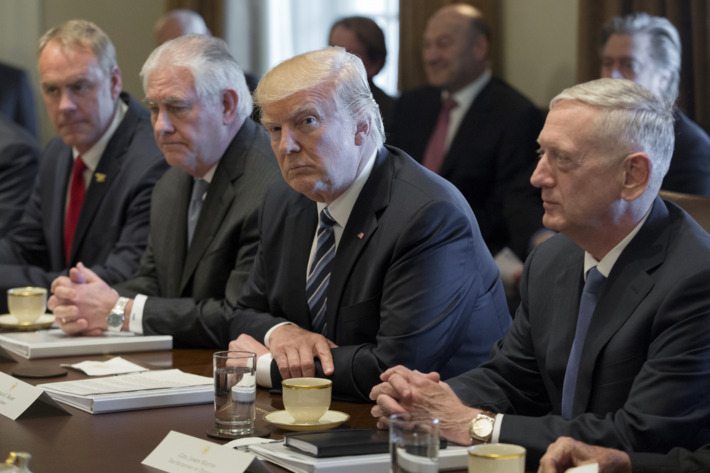
The Regional Implications of Iran’s Bid for Dominance: Making Waves
A useful starting point for considering the strategic implications of a policy change should take stock of the changing threat picture at the regional level against the backdrop of the status quo ante. As a revolutionary Persian Shi’a state, Iran is situated among hostile Sunni Arab neighbors.[2] Accordingly, it has few natural (and lasting) alliance prospects.[3] Naturally, securing its place as a regional hegemon generates a need to purchase security by enhancing its power profile in relation to its competitor states.
Sometimes Iran’s leaders have pursued their expansionist task by marginal means, such as supporting terrorist organizations (e.g., Hezbollah, Hamas, etc.), or engaging in swaggering behavior (e.g. saber-rattling rhetoric that clamors for death to America and threatens the annihilation of Israel). Other times, Iran has made inroads with somewhat unsavory governments on the African and South American continents.[4] Their proxy forces have even been engaged in the United States for some time.[5] Nonetheless, extending one’s power at the periphery is more of a nuisance than an actual threat.

Of greater concern is the potential and actual advancements in power projection capacity. Such concrete behavioral patterns resonate with adversaries because they can represent a shift in the regional balance of forces that speak to rivals’ zero-sum power perspectives. In short, as Iran has made tactical gains in Iraq and Syria (and some might suggest Yemen & Gaza), its regional adversaries (the Gulf states, Israel, & Jordan) have a sense that their own security is being diminished.[6]
Improvements in One’s Conventional Power Posture Could Have Implications in the Nuclear Realm
What used to be Iran’s Western flank is now its front line. Where tentacular alliances in the Levant have galvanized into firmer footholds, backed in part by Russian military support, there is reasonable cause for some alarm. As one state pulls levers that improve their own position, their opponents to seek ones that pull in the opposite direction.
Hence, a much-improved conduit from the Persian Gulf to the Mediterranean Sea is seen as a threatening prospect for other states in the region. Iran’s overland military gains portend not only an increase in overland power projection, but the potential to wield sea power through Syrian ports, thus disturbing the Mediterranean balance of power.

Consider the Iran-Israel dyad. If Iran were to mass a large (or at least effective) military force on Israel’s border,[7] it could strike civilian targets inside Israel; the standard targets its own affiliates have typically chosen. Israel’s menu of retaliatory choices would be limited to returning fire on a pure military target, obviating any equivalency in target set selection. Alternatively, striking the Iranian homeland would be perceived by international opinion as an overreaction to fire coming from a few miles away.
The Nuclear Deterrence
Thus far, we’re only speaking of conventional weapons. Yet given the very real danger faced by states in the region, the force multiplicative inference is that a potential nuclear capability makes such a risk unthinkably intolerable.
The key to nuclear deterrence, along any given conflict dyad, hinges on each party credibly demonstrating that they both possess the will and ability to carry out a second-strike. The underlying mutual assumption made by the two parties, ceteris paribus, is that the other is a rational actor that seeks personal and regime survival.

During the Cold War, both the Soviets and Americans knew that if any nuclear weapon was launched, the address of its origin would be understood and a mutually destructive “return to sender” protocol would be invoked. With Iran encircling its enemies to the west, clarity yields to ambiguity, and the prospect that they could act with impunity makes blackmail more probable.
If such a lopsided engagement were to ensue, Iran could target Israel’s civilian population from within Syria, while fearing only a military-to-military reprisal. Given Israel’s (undeclared) nuclear capability, it would be less than ideal for them to respond with nuclear weapons because that would place them in a double-bind for crossing the nuclear threshold and potentially attacking civilians. If Iran were to gain access to even one nuclear weapon and launch it from Syria, Israel’s response time would be cut down to seconds, its options would be limited and its existence might actually be terminated.
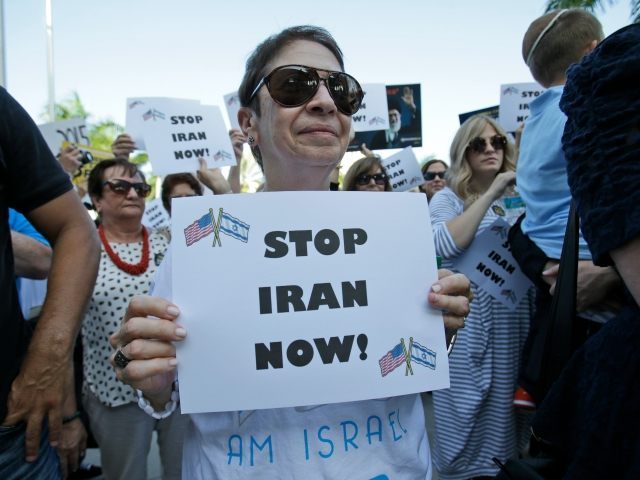
The Iran nuclear deal is working. Here's how. pic.twitter.com/UxlYfWoqsW
— British Embassy Washington (@UKinUSA) October 5, 2017
Indeed, many might be convinced that President Hassan Rouhani is a moderate, but his resume proves otherwise.[10] Dilatory tactics appear to be a means to keep the international community’s attention focused on slowing the development process, while conventional battlefield gains are being made in the region.
https://twitter.com/PressTV/status/911393578026455040
Presidential Discretion, Foreign Policy and Interbranch Bargaining
As the threat landscape is constantly shifting in Iraq and Syria with regard to Sunni insurgent forces, a power vacuum lays in its wake. It would be irresponsible to neglect the very real progress that Iran’s Shi’a-led forces have made over the past couple of years.[11] After the 2011 revolt against Syria’s regime began, it became clear that Iran was using Iraqi airspace to infiltrate the Syrian battlespace.[12] More recently, members of the U.S. Congress have noted that Iran might be violating the JCPOA’s [13] prohibition against the use of commercial aircraft for military purposes.[14] Such hunches are not as relevant as the patent facts on the ground: Iran is involved in the battle for the future of Syria[15] and the Kurds in Iraq, even if some of their involvement is more ruse than real.[16]
Presidents are typically a disruptive force in U.S. politics; sometimes being depicted as a “battering ram.”[17] It isn’t necessarily a question of whether, but to what degree the disruption will manifest itself. As President Obama once noted, “elections have consequences.” Foreign policy is typically an area in which such consequences are palpable, as it is largely a realm centered on presidential prerogative.[18] With the exception of the stability of Cold War posturing against the Soviet Union across presidencies, the Chief Executive does sometimes tend to undo or re-do some of their predecessor’s policy actions.[19] The current president is no different.
In order to understand President Trump’s new policy direction, it helps to understand what his words mean and why he chose them. After outlining an accurate, yet not exhaustive, litany of offenses committed by Iran’s government, the president indicated his desire not to certify the Joint Comprehensive Plan of Action (JCPOA). What this means is that, in accordance with legislation duly enacted by Congress (H.R. 1191 – The Iran Nuclear Agreement Review Act- INARA), the president has the option to relinquish his own responsibility for the JCPOA’s durability.
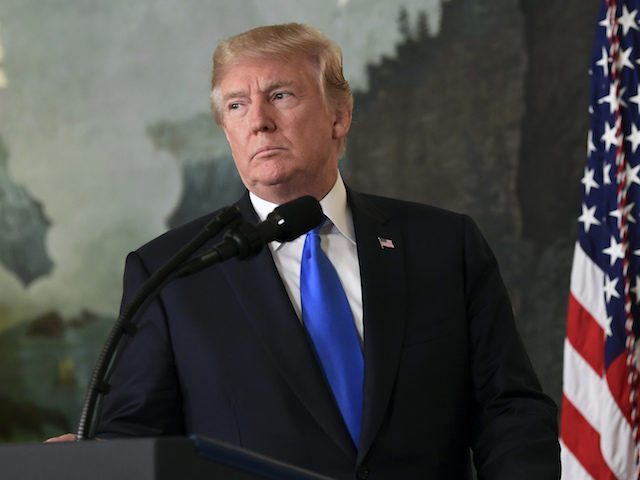
In a system of shared powers, President Trump is both enabling, and demanding, that Congress acts. In forcing Congressional buy-in, he is also signaling to the Iranian regime that a policy change may come with a more robust investment by the branch that actually controls the purse strings. Contrary to what some might intimate, this is not a deal-killer, but a means to signal that the deal is under review. Such is the right of the dealmaker-in-chief.
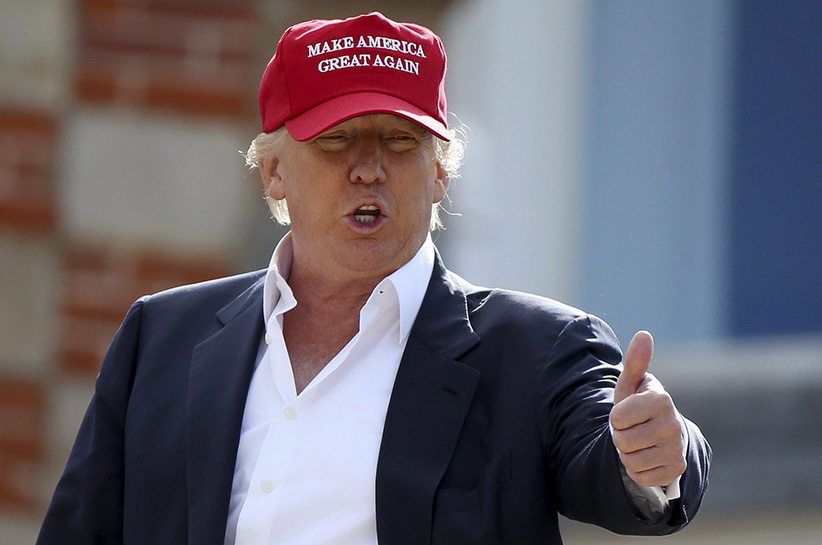
Conclusion
Long before Osama bin Laden and Abu Bakr al-Baghdadi became household names evoking the face of anti-Western terrorism, there was Imad Mugniyah. Although it is popular to focus on organizations and individuals who seek the death of innocents, it’s more useful to focus on countries that seek to expand their conventional military power; especially when they have demonstrated a penchant for the acquisition of nuclear weapons. Since the JCPOA in 2015, Iran’s behavior has not proven more quiescent, but more aggressive. In light of the changing facts on the ground, an adaptation in U.S. defense posture should at least be considered. The reason is simple: silence could be perceived by one’s adversary as a fait accompli acceptance of the changed status quo. As Mr. Trump’s announcement is dissected at home, Iran’s leaders should consider their gains to be noticed and their fortunes to be limited.
David Firester, Lima Charlie News
David Firester, Lima Charlie’s Associate Editor and Intelligence & National Security Correspondent, is the founder and CEO of TRAC Intelligence, LLC. He is also a combat veteran, who held three Military Occupational Specialties in the U.S. Army and has served in a variety of domestic law enforcement roles. He holds advanced degrees in political science and serves as an adjunct instructor at Baruch College in New York City. Contact David @ dfirester@limacharlienews.com
Lima Charlie provides global news, insight & analysis by military veterans and service members Worldwide.
For up-to-date news, please follow us on twitter at @LimaCharlieNews
Sources
[1] Read the official White House transcript here: https://www.whitehouse.gov/the-press-office/2017/10/13/remarks-president-trump-iran-strategy.
[2] For an analysis of the behavioral outcomes associated with Iran’s predicament, see Firester, David. “Realism in Practice: The Underlying Logic of Brinkmanship.” 2012, unpublished manuscript 1-21. Accessible online at http://www.academia.edu/10299543/Realism_in_Practice_the_Underlying_Logic_of_Brinkmanship.
[3] See Molavi, Afshin. “Iran and the Persian Gulf States: From Conflict to Détente to Conflict Again?” 22-27 in “Iran: Turmoil at Home, Assertiveness Abroad?” Middle East Program, Occasional Paper Series, Winter 2011: 1-35. Woodrow Wilson International Center for Scholars.
[4] See Karmon, Ely. “The Iran/Hezbollah Strategic and Terrorist Threat to Africa.” International Institute for Counter-Terrorism (2012).
[5] Diaz, Tom, and Barbara Newman. Lightning out of Lebanon: Hezbollah terrorists on American Soil. Presidio Press, 2006.
[6] This condition is often referred to as the “security dilemma,” in which the minimum threshold for one state to view another state’s actions as threatening does not even require enmity between the two. Original coinage for the phrase is associated with Herz, John. Idealist Internationalism and the Security Dilemma. 1950. It has become, however, more common as the basis on which the defensive realist school of international relations has been constructed. See Jervis, Robert “Cooperation under the Security Dilemma.” World Politics 30.2 (1978): 167-214.
[7] Such a concern is already part of the strategic conversation in Israel; see Abrams, Elliot, “The Next Israel-Hezbollah Conflict.” The Council on Foreign Relations, July 31, 2017. Accessible online at https://www.cfr.org/blog/next-israel-hezbollah-conflict. For a look at the sectarian implications of Iran’s investment in Hezbollah’s proliferation along the Israeli border see Anderson, Sulome, “Hezbollah’s New Strength Leaves Israeli Border Tense.” NBC News, Sep. 16, 2017; accessible online at https://www.nbcnews.com/news/world/hezbollah-s-new-strength-leaves-israeli-border-tense-n801596.
[8] For a primer on the IRGC’s past behavior and organizational composition, see the Counterextremism Project’s profile online at https://www.counterextremism.com/threat/islamic-revolutionary-guard-corps-irgc. Some might be inclined to argue that its present leader, who is subordinate to the clerical rulers, is a ‘moderate,’ and therefore less threatening. That such an assessment is pure folly see Ahmari, Sohrab, “About that New ‘Moderate’ Iranian Cabinet…” The Wall Street Journal, August 7, 2013.
[9] For one insider’s account of the North Korean-Syria nuclear program see Gates, Robert M. Duty: Memoirs of a Secretary at War. New York: Alfred A. Knopf (2014): pp. 171-177. For Iran’s role in its promulgation see Klieger, Noah. “A Strike in the Desert,” Yediot Ahronoth, February 11, 2009.
[10] See Brandon Friedman, “Hassan Rouhani: The Sheep or the Wolf?” The Times of Israel, June 16, 2013; accessible online at http://blogs.timesofisrael.com/hassan-rouhani-the-sheep-or-the-wolf/.
[11] Iran’s influence in Iraq is well documented. For a primer, see Weiss, Michael and Hassan Hassan. ISIS: Inside the Army of Terror. New York: Regan Arts (2015); see especially pp. 48-60. Among many other sources, see Warrick, Joby. Black Flags: The Rise of ISIS. London: Penguin (2015); p. 193. For more journalistic accounts see Glanz, James and Sabrina Tavernise. “U.S. is Holding Iranians Seized in Raids in Iraq.” The New York Times, Dec. 25, 2006; accessible online at http://www.nytimes.com/2006/12/25/world/middleeast/25iraq.html. Also, Roggio, Bill. “Three Iranian Qods Force Agents Captured in Iraq.” The Long War Journal, Mar. 13, 2009; accessible online at https://www.longwarjournal.org/archives/2009/03/three_iranian_qods_f.php.
[12] See Gordon, Michael R. “U.S. Presses Iraq on Iranian Planes Thought to Carry Arms to Syria.” The New York Times, Sept. 5, 2012; accessible online at http://www.nytimes.com/2012/09/06/world/middleeast/us-presses-iraq-on-iranian-planes-thought-to-carry-arms-to-syria.html. See also the Treasury Department’s 2011 online statement regarding Iranian use of commercial transportation assets for illicit activities: https://www.treasury.gov/press-center/press-releases/Pages/tg1217.aspx.
[13] The full text of the agreement can be retrieved from the State Department’s website: https://www.state.gov/e/eb/tfs/spi/iran/jcpoa/.
[14] See the August 23, 2017 letter from several Representatives to U.S. Treasury Secretary, Steven Mnuchin. It’s available online at https://roskam.house.gov/media-center/press-releases/roskam-urges-sec-mnuchin-investigate-iran-air-transport-militants-syria.
[15] The Institute for the Study of War has been tracking the Iranian-Russian alliance in Syria for some time, the sum and substance of which one can view online at http://www.understandingwar.org/backgrounder/resources-syria-and-russia-iran-coalition.
[16] For a skeptical account, see Rubin, Michael. “Why is Iranian Master Terrorist Qassem Soleimani Distributing Photos of Himself in Iraq?” The Washington Examiner, Oct. 20, 2017; accessible online at http://www.washingtonexaminer.com/why-is-iranian-master-terrorist-qassem-soleimani-distributing-photos-of-himself-in-iraq/article/2638207.
[17] The standard statement of this effect was first made by Skowronek, Stephen. The Politics Presidents Make: Leadership from John Adams to Bill Clinton. Harvard University Press, 1993. The specific quote was drawn from pp. 27-28.
[18] This is not to say that Congress has no say in such matters. The Supreme Court famously announced, in U.S. v. Curtiss-Wright Export Corp. 299 U.S. 304 (1936), the president’s preeminent role in such affairs to be firmly established. However, the Court has also indicated, in Youngstown Sheet & Tube Co. v. Sawyer 343 U.S. 579 (1952), that there are domestic limitations to the president’s foreign policy choices.
[19] For example, some presidents view their predecessor as too conciliatory (Reagan to Carter), whereas some view their predecessor as too aggressive (Obama to Bush).
[20] Of course, President Trump is not alone in his rebuffing the former administration. Some recent commentaries do a fair job at explicating, perhaps better than the president, why it was misguided. See Roman, Gregg. “Trump’s Critics on Iran Are Wrong.” The Hill, 16 Oct. 2017, accessible online at http://thehill.com/opinion/white-house/355624-trumps-critics-on-iran-are-wrong. For critics from the American political left see Dershowitz, Alan M. “Why are So Many Claiming that Iran is Complying with the Deal, When Evidence Shows They Aren’t?” Gatestone Institute, 19 Oct. 2017, accessible online at https://www.gatestoneinstitute.org/11191/iran-compliance-evidence. For a similar sentiment by a politically rightward diplomat’s analysis see Bolton, John. “A Slow Death for the Iran Deal.” The Wall Street Journal, 15 Oct. 2017, accessible online at https://www.wsj.com/articles/a-slow-death-for-the-iran-deal-1508104734.
[21] Scholars have long noted the iterative process between the Executive and Legislative branches. See for instance, Cameron, Charles M. Veto bargaining: Presidents and the politics of negative power. Cambridge University Press, 2000.
In case you missed it:


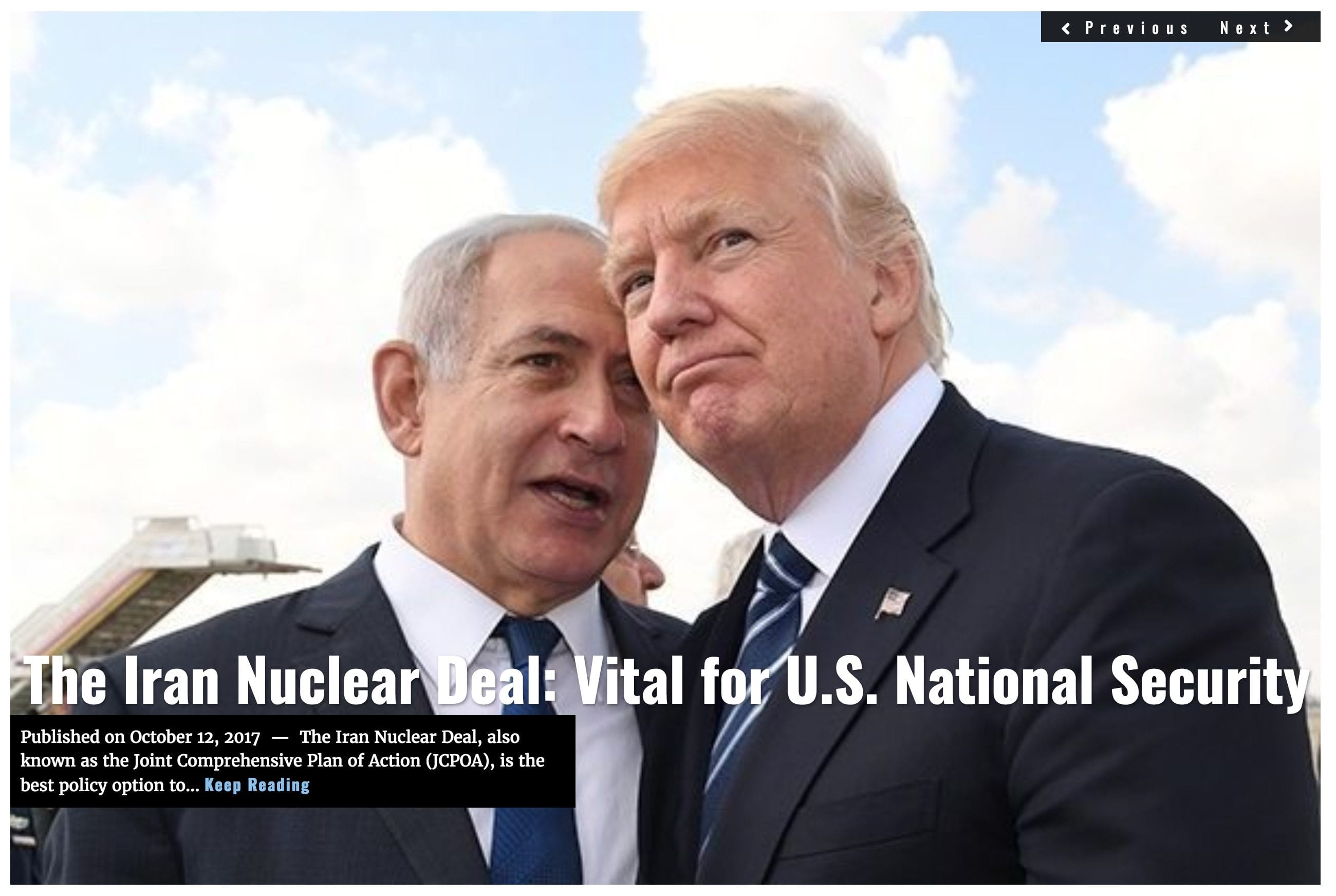
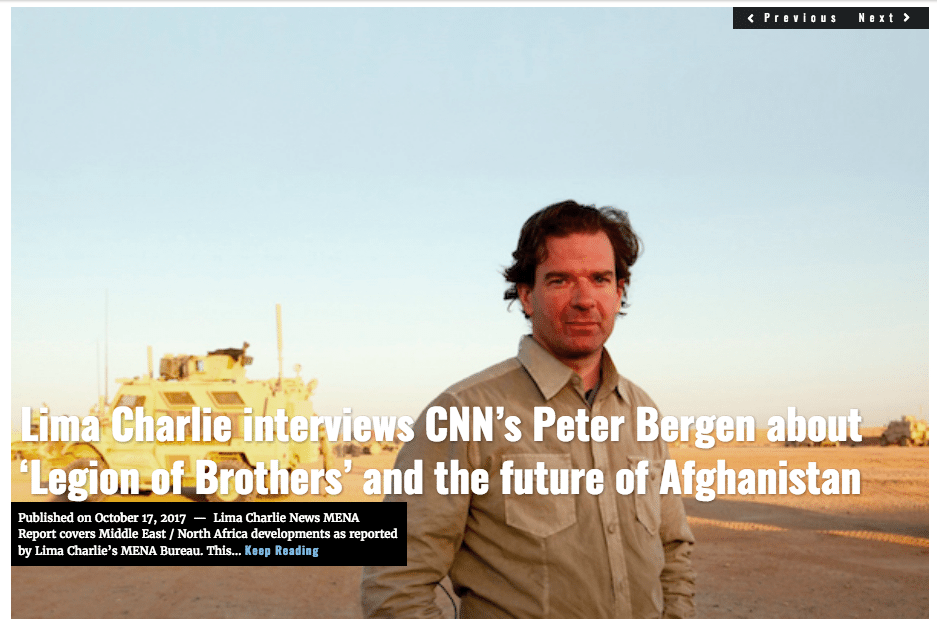
![Iranian crackdown on MEK shows the activist group has popular support [Lima Charlie News]](https://limacharlienews.com/wp-content/uploads/2019/05/Iran-MEK-Lima-Charlie-001-480x384.png)
![The Mind of Bolton - AUMF and the New Iran War [Lima Charlie News]](https://limacharlienews.com/wp-content/uploads/2019/05/Inside-the-mind-of-Bolton-Lima-Charlie-News-main-01-480x384.png)
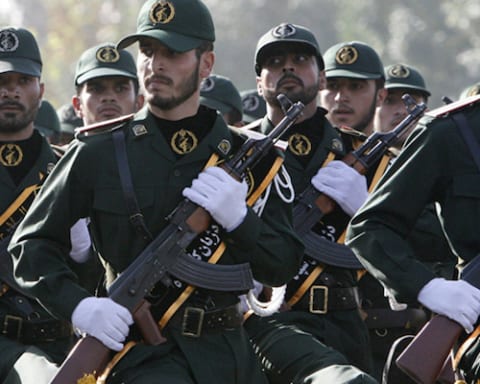

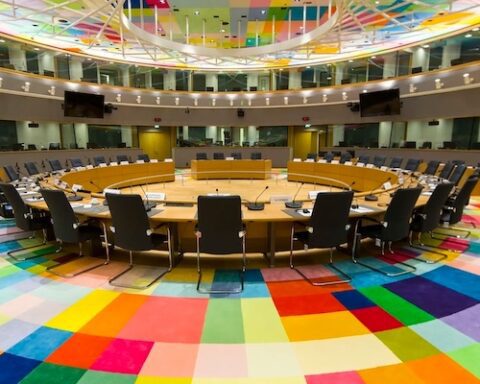

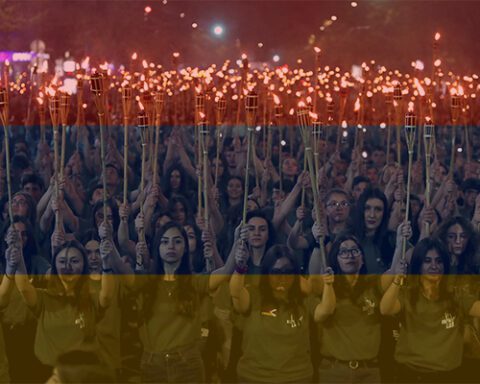

![Iranian crackdown on MEK shows the activist group has popular support [Lima Charlie News]](https://limacharlienews.com/wp-content/uploads/2019/05/Iran-MEK-Lima-Charlie-001-150x100.png)
![The Mind of Bolton - AUMF and the New Iran War [Lima Charlie News]](https://limacharlienews.com/wp-content/uploads/2019/05/Inside-the-mind-of-Bolton-Lima-Charlie-News-main-01-150x100.png)